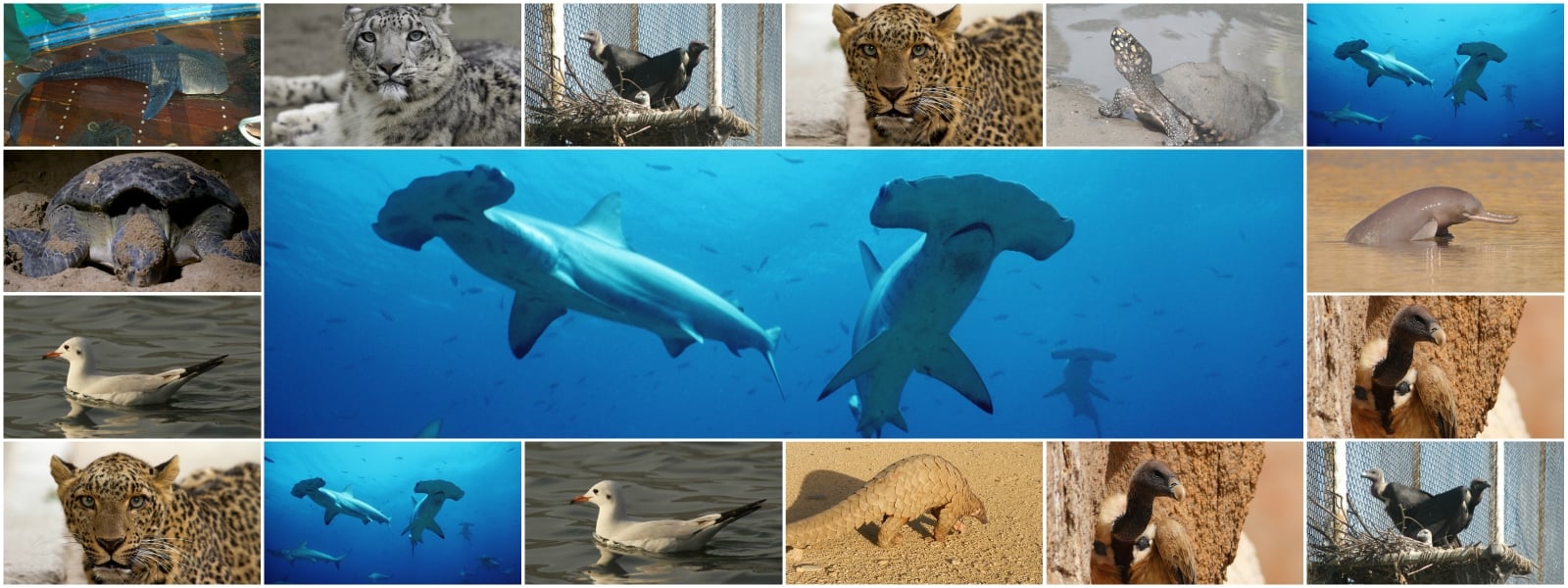If Pakistan doesn't act now it could lose these 10 animals forever
Pakistan witnessed a 57pc population uptick since 1998. But its other inhabitants, the animals, are on their way out.

It’s a familiar tale. Today, Pakistan is home to over 200 million people, a population uptick of 57 percent from 1998. But its other inhabitants, the animals and species, are on their way out.
Many indigenous creatures have been wiped out already; others are vanishing at an alarming pace. If the government of Pakistan doesn’t act now, its future generations would never see these 10 animals:
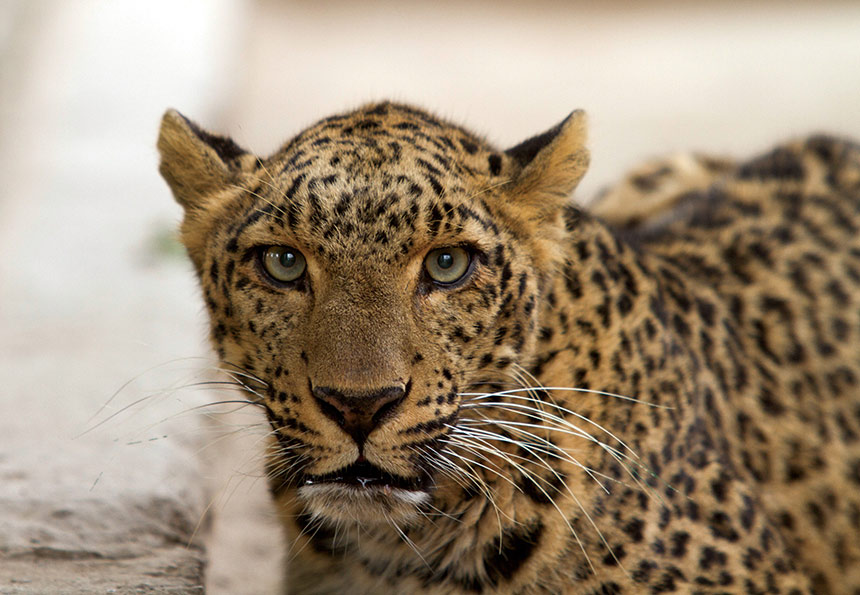
Common Leopard
The common leopard is found lurking in the deciduous and coniferous forests of northern Pakistan. Historically, four sub-species of the leopard have been identified in the country. The International Union for the Conservation of Nature (IUCN) has listed the big cat as a critically endangered species due to the loss of habitat and threatened food sources. Over the years, many leopards have been poisoned, shot or forced to relocate.
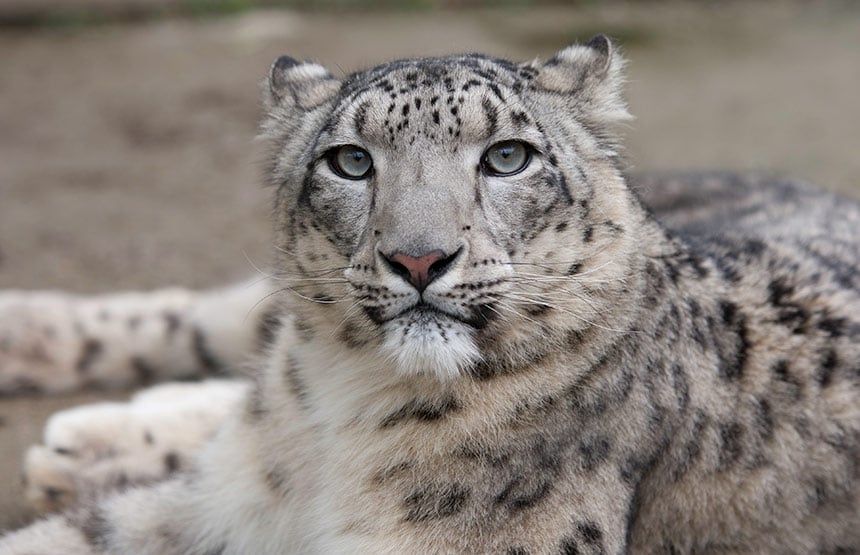
Snow Leopard
Known as the ‘ghost of the mountains’ the snow leopard is rarely seen by humans. Threats to the species include, human-wildlife conflict caused by retaliatory killings, illegal poaching and hunting, climate change and overgrazing of the already shrinking alpine grasslands. The species is rated as vulnerable in the International Union for the Conservation of Nature (IUCN) Red list.
Pakistan is one of the 12 countries that this cat calls home. Here, over 81,000 sq km of the Karakorum and the Hindu Kush mountains is a potential habitat of the snow leopard. Approximately 200-420 snow leopards are concentrated in the upper reaches of Gilgit-Balitistan and Chitral.
For the first time, this year, the WWF-Pakistan caught a snow leopard on camera in Gilgit-Baltistan.
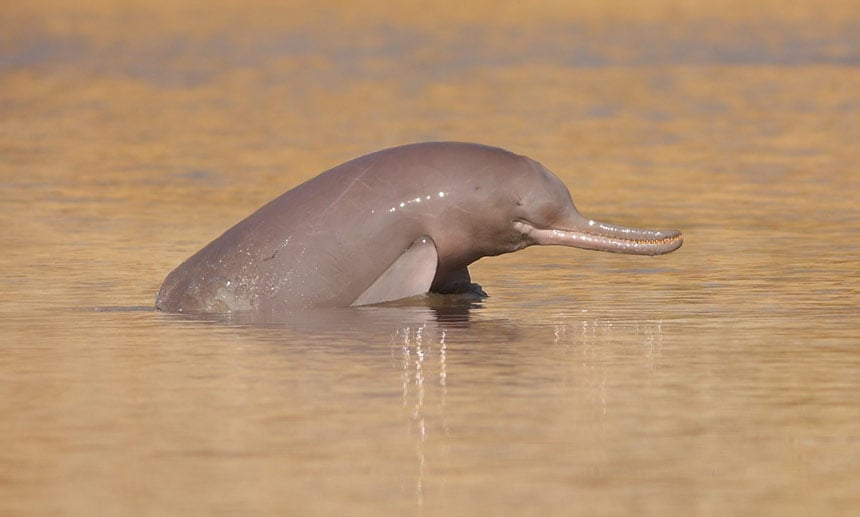
Indus River dolphin / Blind dolphin
The Indus River dolphin is a freshwater cetacean, endemic to the Indus River. It is the second most endangered freshwater dolphin species in the world and is a priority species of the WWF. WWF-Pakistan has been associated with the conservation of this species since 1999. As a result, its population has increased from 1,100 individuals to 1,452 in 2011. Presently, the Indus River Dolphin Game Reserve, a legally protected area between Guddu and Sukkur barrages in Sindh hosts the largest population of the Indus River dolphin.
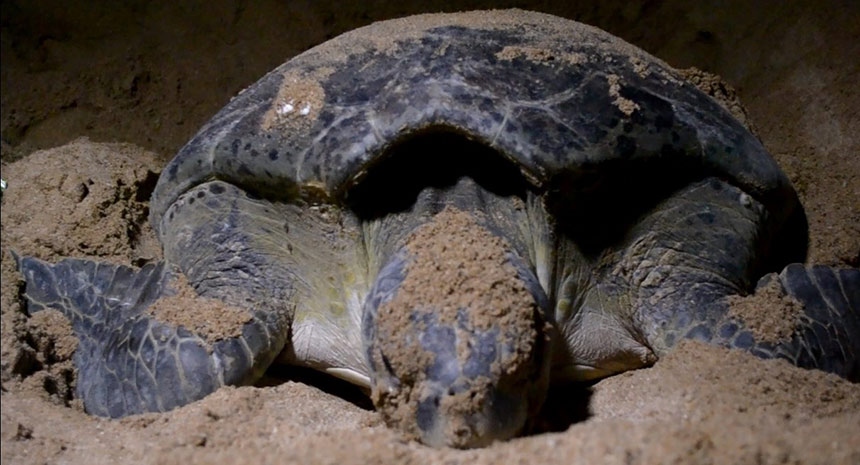
Marine Turtle
Over the last 200 years human activities have tipped the scales against the survival of these ancient mariners. Illegal trade in recent times has become a major threat to these species especially in Pakistan, where they arrive to lay eggs along the Arabian sea coastline. Pollution, tourism and mariculture have led to a great decline in their numbers.
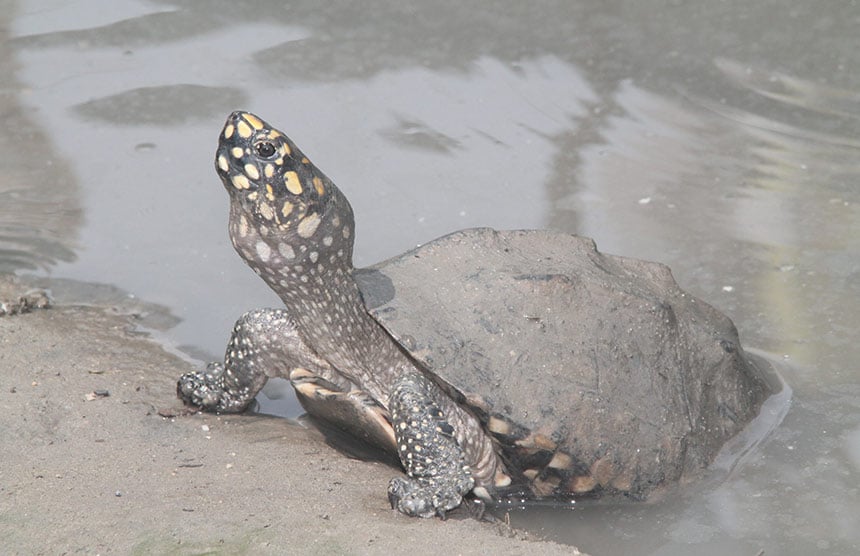
Freshwater turtle
Freshwater turtles of Pakistan are found in the entire Indus River system including its tributaries, irrigation canals, ponds and water reservoirs. Pakistan has eight species of freshwater turtles and all are facing serious threats because of their illegal trade, and poaching. These animals play a significant role in aquatic ecosystems as scavengers and hence are responsible for cleaning the aquatic environment by feeding upon dead organic material and diseased fish.
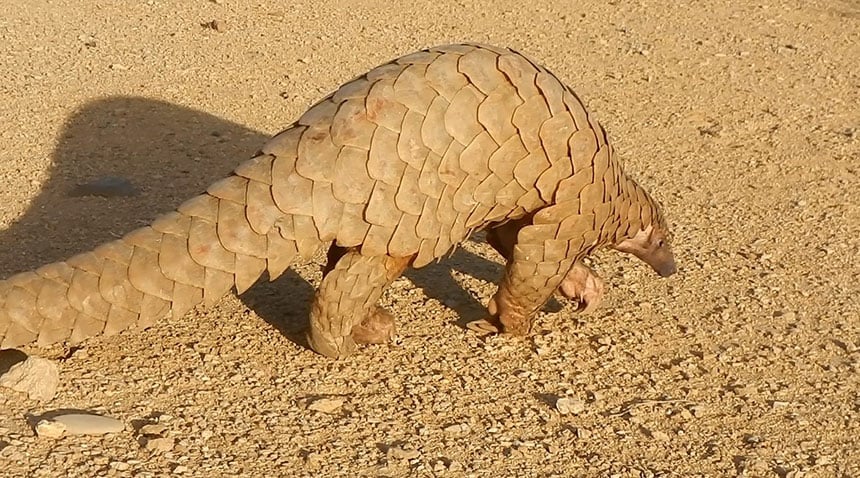
Indian Pangolin
The Indian pangolin or the thick-tailed pangolin is listed as endangered in the IUCN Red list illegal trade and killing of the animal.
Pangolins are now one of the most trafficked mammals globally, due to the increasing demand for their meat, scales and derived products.
Cultural perceptions and rapid economic growth in Asia have increased demand for such products; this is reflected in the estimated illegal trade of 960,000 pangolins globally within the last decade.
The scaly animal is found in the Potohar region and some parts of Khyber Pakhtunkhwa. Their population has dipped dramatically in the last six years.
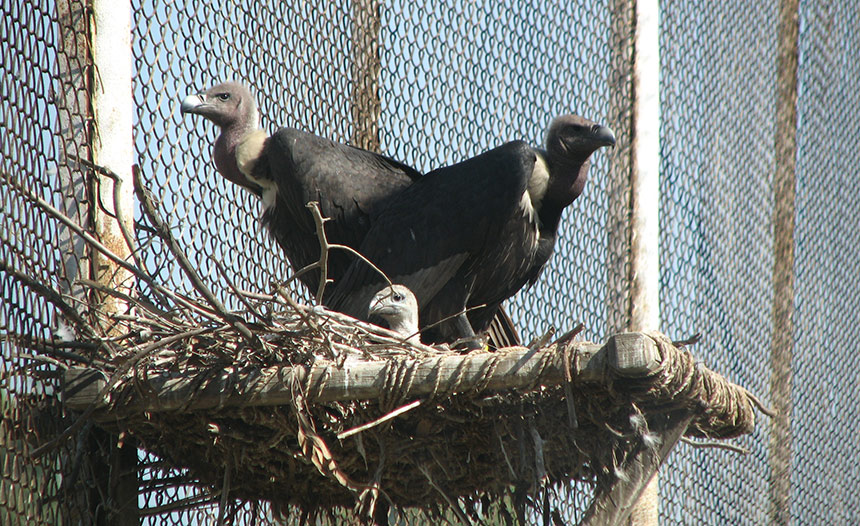
Vulture
Vultures are ecologically important because they consume dead animals and clean the environment. The long-billed vulture species is classified as critically endangered in the IUCN Red List of threatened species. In Pakistan, they are now confined to Nagar Parkar in Sindh, which is considered the last stronghold of their breeding population in the country. Inadvertent poisoning by the drug, Diclofenac Sodium, used to treat arthritis and pain in domestic animals has led to kidney failures in vultures who fed on the carcasses.
WWF-Pakistan has been working for the conservation of white-backed vultures. A Vulture Centre in Changa Manga, Punjab, has successfully bred four chicks in captivity. It is also working in Nagar Parkar, Sindh, where the population of both long-billed and white-back vultures is still found in the wild.
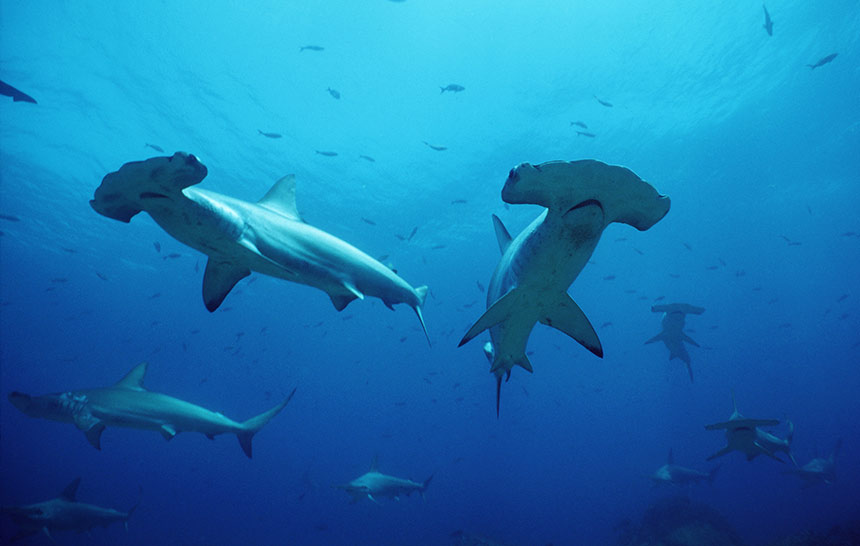
Hammerhead Shark
Despite their fearsome reputation as ruthless predators, sharks are much more likely to be killed by humans than the other way around. WWF is working to stop overfishing of sharks to make sure these magnificent animals continue to thrive in the oceans.
Hammerheads are on the IUCN’s Red List of threatened species.
WWF-Pakistan has initiated projects related to the assessment of shark fisheries, focusing on monitoring and assessment of shark catch‚ landing and trade. Little is known about the shark species that live and nest around the coastline of Pakistan. Hence, no estimates can be provided. However, some of these fishes have been caught or have washed on shore near Karachi and Gwadar.
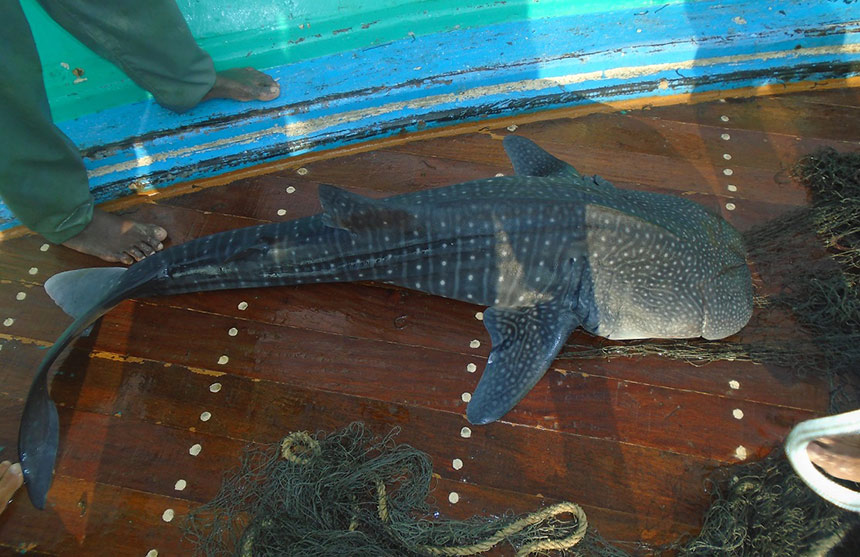
Whale Shark
The whale shark is considered as endangered according to International Union for Conservation of Nature (IUCN) Red list. It is also covered under other international instruments, including Indian Ocean Tuna Commission (IOTC) of which Pakistan is a member. The population of whale sharks in Pakistani waters seems to be stable, however, the species is extremely prone to frequent entanglement in fishing gears, habitat degradation and marine pollution. This year, the Government of Balochistan declared the Churna Island a marine protected area. The area around this island is an important basking, feeding and breeding ground for this species. Two neonate whale sharks were reported from the Balochistan coast in 2008.
Since the start of WWF-Pakistan’s Observer Programme in October 2012, a total of 61 cases of whale sharks have been documented to date.
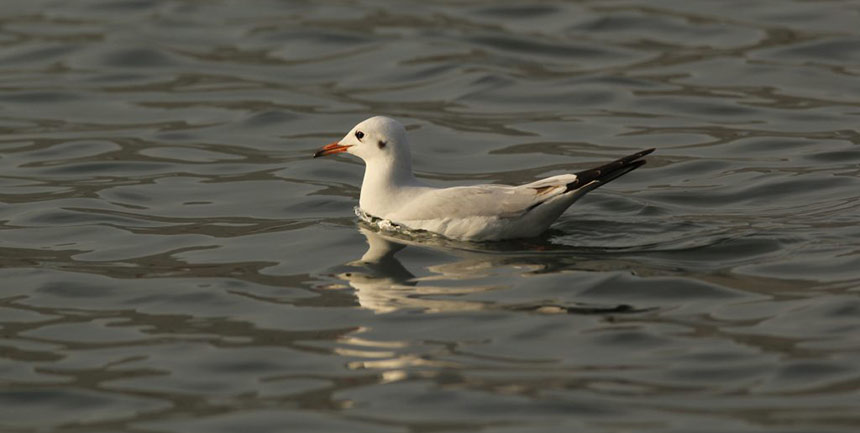
White-headed duck
Wintering populations of the globally significant white-headed duck (Oxyura leucocephala) have plunged significantly in numbers during the last few years, with only an estimated 50 birds remaining. Wintering sites in Pakistan are limited to three adjoining wetlands, known as the Ucchali Complex in Punjab.
The significance of this species has led to the development of a global action plan. As part of this plan, WWF-Pakistan has established a model wetland site at Ucchali Complex for the conservation of the white-headed duck. Ucchali is a series of lakes and associated wetlands in the Salt Range. Baseline work, including community mobilisation, participatory learning and action surveys, and awareness raising activities.



